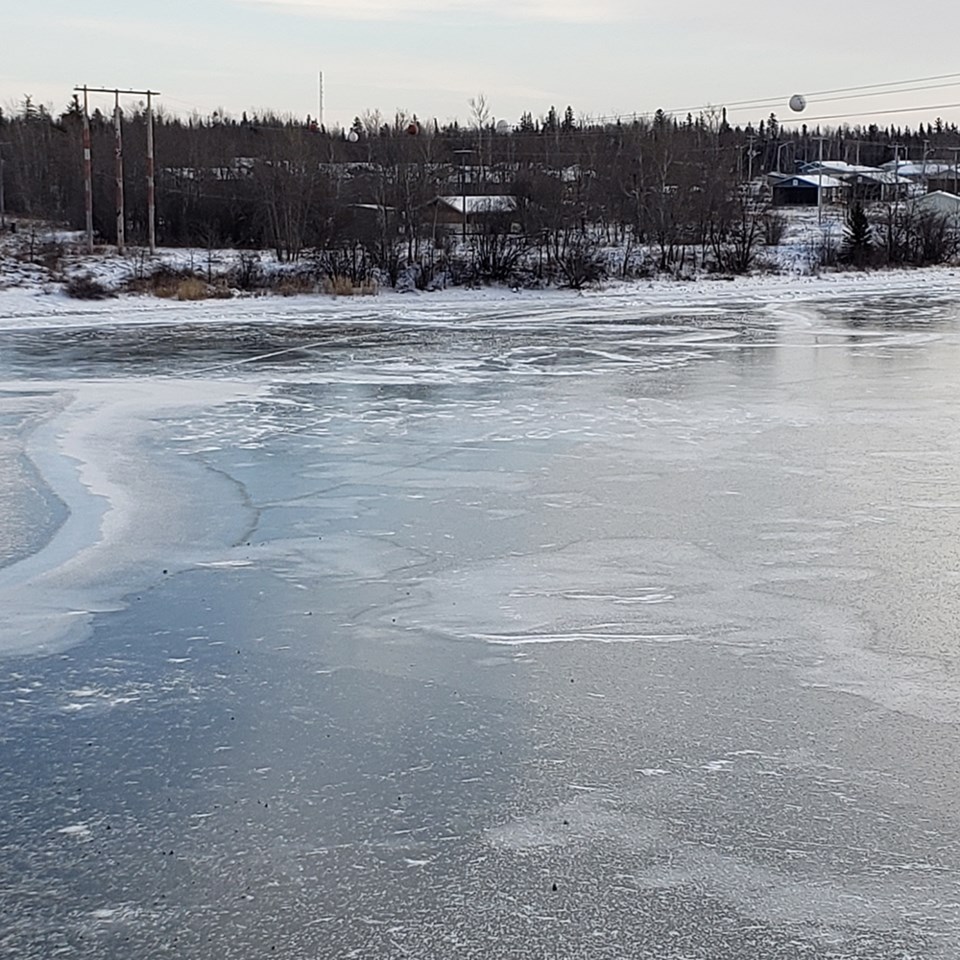Grand Rapids RCMP are sounding the alarm about residents walking on potentially thin ice on the Saskatchewan River after receiving five reports of such behaviour in just two days.
Officers responded to all the incidents but there was no longer anyone on the ice when they arrived. Most of the reports concerned people walking on the ice near the bridge that spans the river.
"These were potentially dangerous situations," said Grand Rapids RCMP detachment commander Sgt. Jonathan Greer in a Nov. 26 press release. “Being on the ice at this time of year is a risk you just don’t need to take."
Despite cold temperatures, many bodies of water are still in the process of freezing up, the RCMP says, and ice is still very thin on many swamps and lakes while larger rivers and lakes have open sections of water.
According to the Canadian Red Cross, ice needs to be six inches (15 centimetres) thick to safely skate, walk or ski in small groups, eight inches (20 cm) for larger groups of walkers, skiers or skaters, and 10 inches (25 cm) to support snowmobiles or ATVs.
“We remind the public to stay off lakes and rivers until they reach the appropriate thickness,” Greer said.
If a person does go through the ice, police say, they should not panic and should call for help. Air trapped in clothing will keep a person buoyant for a few seconds upon hitting the water and they should use this time to get into a floating position on their stomach. They can then turn towards the direction they came from, get their arms and hands flat onto unbroken ice and kick their feet to try to push themselves up on top of it like a seal. Once on top of the ice, the person should not stand up but should roll away from the break until they are solid ice.




